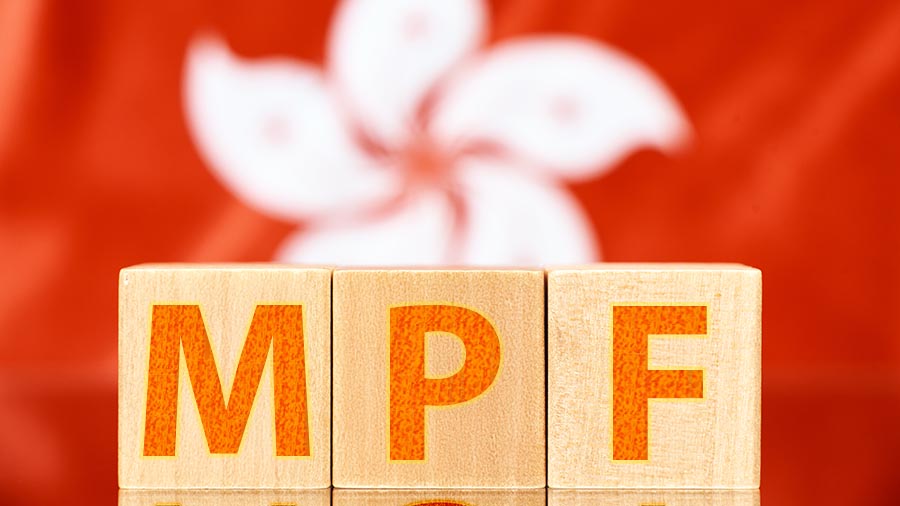China’s Minority Ethnic, Racism and Sensibility Issues
By Chris Devonshire-Ellis
Jul. 8 – The recent riots in Xinjiang – an area I have travelled extensively in over the years – have brought to a head the increasing collision between China’s growing prosperity and the sections of the society that are being left behind. China’s problems of wealth distribution are not just geographic, they have also been allowed to become ethnic, and this represents a serious flaw in the administration of the nation’s finances.
The problems are not just restricted to Xinjiang. Tibet also has had serious problems, and ethnic Mongolians too are largely disenfranchised. When one reads headlines in Chinese newspapers describing “Han” and “Uighur” one realizes, with a jolt, that modern China still is often more a collection of disparate parts, rather than a collective whole. Yet in China’s fairness, it is a problem it has largely taken on for the better good, yet one that has still not been able to rub out the assertion that the Han are superior. The riots in Xinjiang, initially born out of financial frustration and cultural ignorance, are in danger of becoming far more subversive – with Han Chinese asserting their superiority due to race. It is just yet another large problem, seemingly dormant, that has arisen now due to a lack of sensibility of behalf of the Chinese.
The issue over both Tibet and Xinjiang, from a security perspective, is largely a no-brainer. Often ignored is the fact that way into the 1930s travelling in both regions was highly dangerous. The Dalai Lama was not in control over much of Tibet, where monastic warlords ruled. Joseph Rock, the American explorer and botanist recalled seeing monks raiding caravans, even killing unauthorized travelers before retreating to the sanctuary of their retreats. Not for nothing are monasteries built in strategic defensive positions, able to monitor activity from a great height and strategic advantage. While hardly benign, the area is now safe to travel at least.
Xinjiang meanwhile, with its chaotic mountain borders, remains a melting pot and almost impossible to effectively secure. Ancient mountain passes, at heights and difficulty of access, make it impossible to monitor. The evidence can be found at the weekly market in Kashgar, where traders from all over Central Asia congregate to buy and sell livestock, foodstuffs and tools. A blend of Kazaks, Uzbeks, Afghanis, Tibetans, Uighurs and even Mongolians can all be found here. Many have travelled for days. None have passports.
Inner Mongolia too, as another American explorer, John DeFrancis was to discover, was also beset with bandits, Mongol raiders and dangerous monks. In search of the routes Genghis Khan took when invading China, DeFrancis was shot at and came close to execution on several occasions on an ill advised, yet exciting expedition he undertook from Peking in 1935. Today the area is home to most of China’s dairy industry.
China’s success in Tibet, Inner Mongolia and Xinjiang has been securing the regions, which since the 1950s have been cleared of the previously endemic banditry and danger. Today’s travelers forget that in pre-Communist China, these areas were highly dangerous, lawless, and off limits. Come the revolution, and Communist diktat meant that the peasants ruled, and ethnic tensions suppressed as the country stood up, together. “Re-education” saw many Han Chinese sent off to these remote parts of China, at the time to provide solidarity and expertise to these rather more backward areas, later to be branded as sinicization. China’s minorities were clasped to the new nation’s bosom. A united China unfolded, with ethnic scripts first appearing on Chinese banknotes in 1949. As China collectively became enamored of foreigners being the enemy, that unity prevailed and kept a tight lid of any ethnic differences that arose.
This edifice however has begun to crack and split apart in the development of China’s new found wealth. The fact is that the Chinese government, long involved in developing a harmonious society, has taken its eye off the ball in the pursuit of money. State-owned enterprises have flourished and prospered, especially in Xinjiang, which possesses not just a huge bread basket for the nation but massive mineral and gas deposits. Inner Mongolia has become the nation’s dairy. Even resource limited Tibet possesses rare herbs, fungi and natural resources that command high prices in the massive traditional medicine market. Yet all of these riches have been bled away, dispersed amongst the nation, ferreted away by the corrupt, and with little left over for the actual local inhabitants of the land. China’s tensions then are the result of poor ethnic management and sheer exploitative greed. Additionally, the development of national pride, that sense of nationalism that the government has been instilling in China over the past decade, has not been evenly spread. Nationalism has meant largely “Han” and has ignored China’s minorities. In a nation with 56 recognized minorities, the percentage of them competing for the nation at the Olympics last year demonstrated that the government’s attempts to instill a sense of national pride has been off balance. The downside – entire groups of Chinese nationals being actively excluded from feeling “Chinese” – is now becoming all too clear.
A solution would be for China’s autonomous regions to employ more local senior managers, and to levy perhaps a higher proportion of local taxes for regional disbursement. Uighurs, Tibetans and Mongolians (and others) need to be encouraged, educated and developed. They need to be able to prosper directly from the fruits of their own land. Unless this issue is dealt with by the state, unrest of the type we have seen will continue. If modern China wants to continue in its current format of relative peace and development relatively unhindered, the issue of assumed Han superiority over the rest of the nation’s citizens needs to be rapidly diluted.
Chris Devonshire-Ellis is the founding partner of Dezan Shira & Associates and publisher of Asia Briefing. Now based in Mumbai, he lived in China for 21 years.
Related Reading:
Western China’s Continued Problems Could Lead to Investment Falloff in Central Asia
Traveling in Tibet
- Previous Article Fiat Signs JV Deal with Guangzhou Auto
- Next Article Annual Filing of Foreign Bank Account Reports for U.S. Taxpayers




























